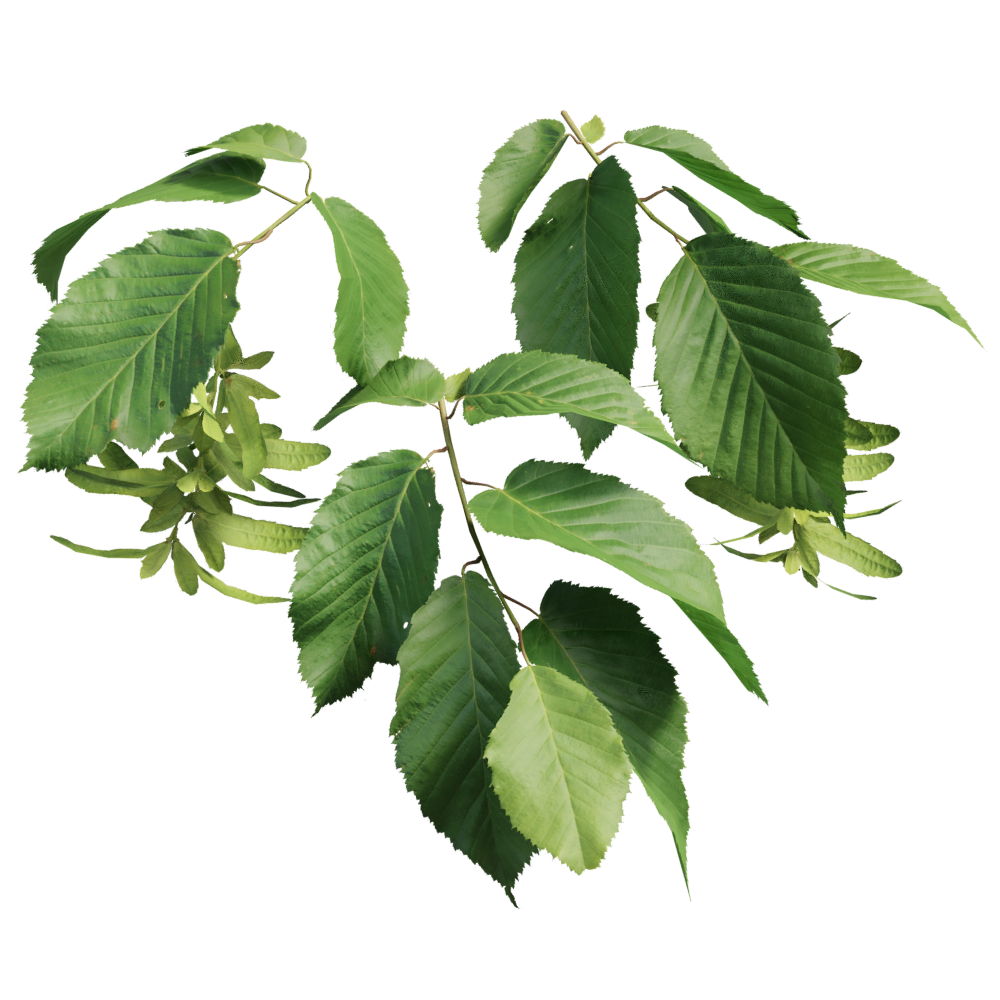European hornbeam
European hornbeam
Betulaceae / Carpinus betulus – European hornbeam, common hornbeam
Hornbeams in nature often grow together in a small clump of trees, and they look beautiful in this multi-trunk way. Use the plant tool to create a tightly packed group of trees for the best results. When planted solitary, hornbeam will branch out like crazy in an oval shape and branching out low to the ground unless pruned often. It will not lose its lower branches. This is very different from its natural forest habitat, where the shaded surrounding will give it a more open look.
Another great use for hornbeam is hedges. Its dense branching and shade tolerance make it a perfect hedge that is often confused for the beech hedge. When allowed to grow to a full sized tree, it will stand out with its abundance of winged fruit. The bright green color contrasts with the darker green of the sharply detailed leaves. The fruit will eventually fade into a highly translucent whitish fall color that makes this one of the most beautiful trees I’ve ever seen.
It can take 20 years for a tree to start producing fruit, so this twig includes a variety without fruit. It is less conspicuous without its fruit, but with its deep greens, it perfectly blends into your scene, adding a touch of nature without drawing too much attention.
